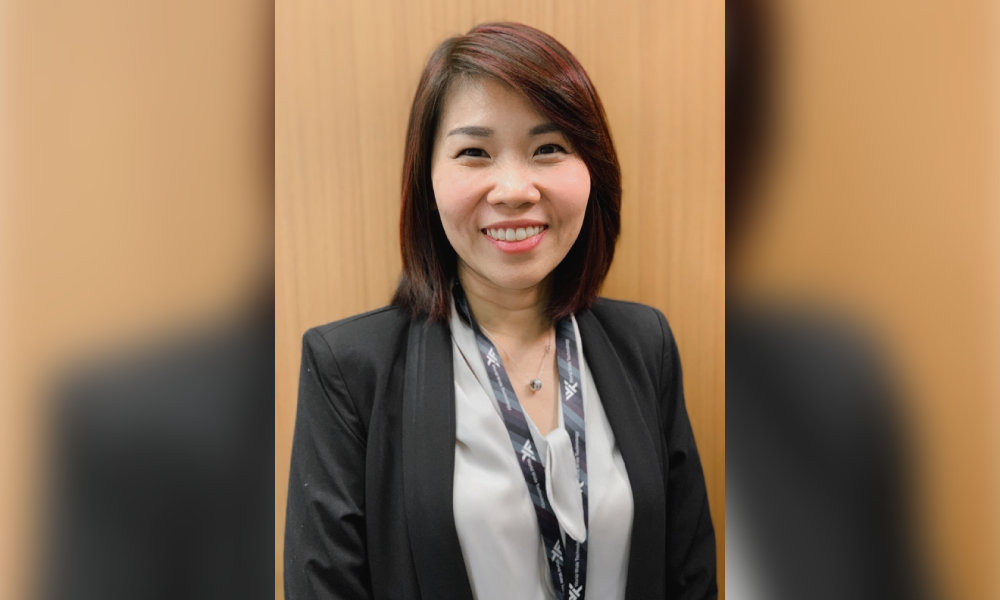
An APAC HR director shares tips on managing engagement in our virtual world of work

Remote working has become a part of our lives, but some employees may still need help to readjust and thrive in our transformed world of work.
The top grouse coming out of 2020 was the sheer lack of boundaries between home and work, which exacerbated an ‘always on’ culture.
This is why as we start the new year, Ang Sze Pheng, HR Director at WWT, APJ believes that all employers should focus on implementing a culture centred on well-being.
Ang believes focusing on well-being is no longer just a ‘nice-to-have’, because the past year has proven that ‘no matter the industry you are in, what leads to the continued growth and success of your business are your employees.’
Read more: How the 'always on' culture is impacting you
Unfortunately with remote arrangements, employees have found themselves working longer hours at home – HR must thus make the effort to enable a culture focused on the ‘right to disconnect’.
“Due to COVID-19, most employees do not have to face a commute and are working in the comfort of their homes,” Ang told HRD.
“[However], employees should have the right to disconnect to establish boundaries and give them the space to not engage in work during their leisure time.”
Enforcing a culture focused on well-being is especially important in today’s world as emails and chat messages ‘never go unnoticed these days’, she said.
Employers thus have a responsibility to help employees adopt a holistic work-life balance in this new work landscape.
Read more: Burnout: Employees say HR ‘not doing enough’ to help
How to prevent an ‘always on’ culture
Many can agree that the best people to drive such a culture are the organisation’s line managers and team leaders, since they regularly interact with their team members.
Enabling effective and understanding people managers is thus crucial to prevent burnout and engage employees, and thereby drive overall productivity.
“A culture focused on the ‘right to disconnect’ is more critical than ever as lines between work and life become increasingly blurred,” Ang said.
“As we pivot towards a distributed and remote workforce, there are many ways for HR to ensure that employees are able to disconnect without line managers and supervisors losing sight of their team.”
Ang suggested that HR leaders do the following to enable managers:
Managers and supervisors should regularly build trust and proactively improve communication within the team so that employees are more intentional with time spent replying to emails, phone calls, and remote meetings.
Managers should also help teammates develop better time management skills.
Sometimes working remotely can lead to longer work hours without one realising it. This is why leaders should remind employees to take regular breaks in their day.
Managers should also encourage their team members to take time off and leave days to re-charge. Make it a habit to check in on each other, said Ang, as this could also serve as a much-needed break between all the serious, work chatter, and help to remove or manage mental stresses.
Read more: Excess unused leave: Why it’s a sign of trouble with your employees
If the crisis and prolonged lockdowns have taught us anything, it’s how difficult it’s been to manage both your professional as well as personal responsibilities.
We now know that many of employees have young children at home, so many companies have encouraged employees to put their families first. This, however, requires flexibility from leaders and a normalising of an employee-centred culture.
At WWT, for instance, Ang shared that employees are allowed to block time out during the day to focus on their kids and not worry about what others need from them at work.
Altering shifts has also proven to maximize productivity as employees juggle home-schooling or childcare with work.
“The mentality is ‘if you get your job done, do what you need to do to take care of your family’,” she said.
Read more: Almost all employees reject a return to the ‘old normal’
No ‘one-size-fits-all’ solution
The most important takeaway from 2020 is how ‘each remote working experience is unique’, said Ang. This means that there really isn’t a ‘one-size-fits-all’ solution to employees’ challenges.
“In these uncertain times, it’s important for businesses to build a culture of connection with regular check-ins as it’s becomes increasingly difficult to detect signs of a struggling employee,” she said.
“Check-ins are critical as it gives team members the opportunity to share how they are truly doing, allowing them to be compassionate and empathetic.”